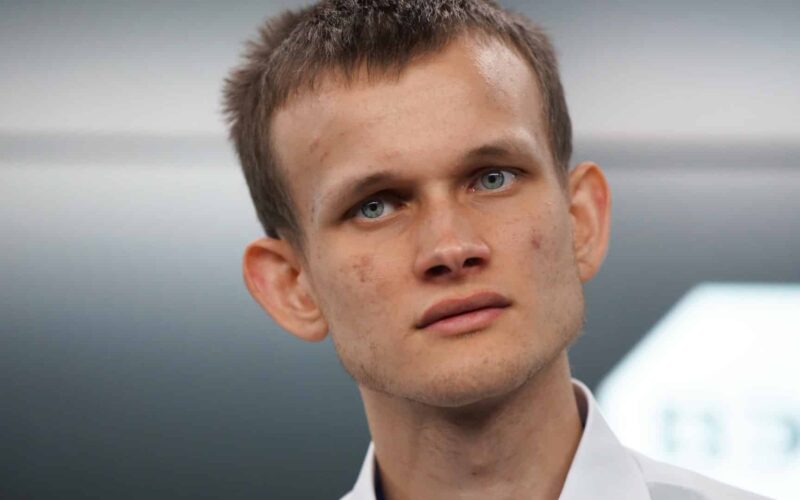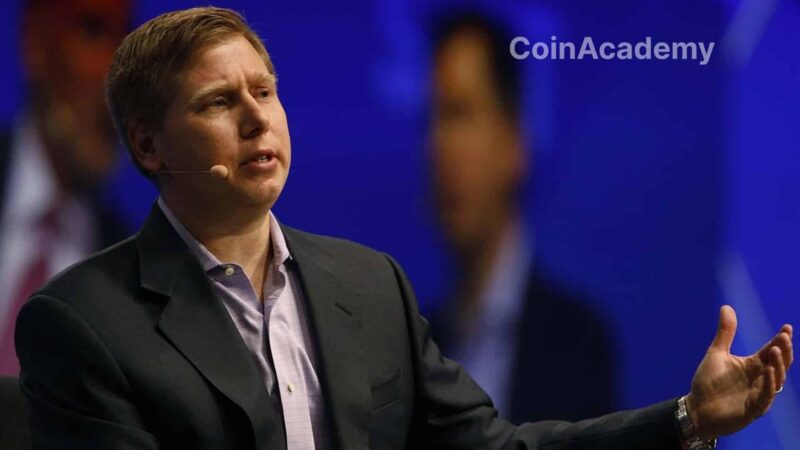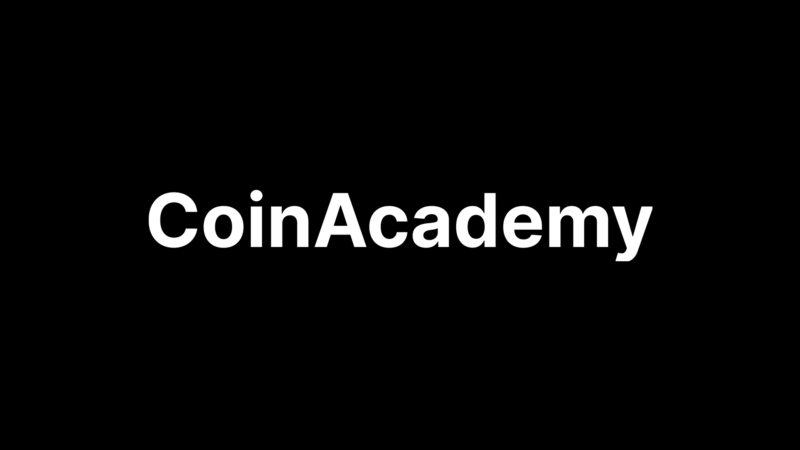In an unusual setback in Ethereum’s progressive journey, the highly anticipated launch of the Holesky testnet encountered an obstacle – a misconfiguration in the genesis files that hindered its successful initiation. Representing Ethereum’s commitment to innovation and expansion, the testnet launch was intended to commemorate the first anniversary of the revolutionary upgrade ‘The Merge.’ The unforeseen anomaly required a delay of about two weeks, allowing the core team to resolve the issue and plan again.
The Resilient Journey of Ethereum
Despite this unexpected setback, Ethereum continues to establish itself as a formidable name in the blockchain sphere, boasting a lineage of seamless upgrades, including the historic Merge and the more recent Shapella update in April. Ethereum remains at the forefront of the blockchain technological revolution, ushering in an expanding ecosystem of layer 2 networks known as secondary blockchains. Not only does this giant stand as the second-largest blockchain after Bitcoin, but it is also revered for its ability to facilitate smart contracts – complex programming chains that enrich the network’s functionality.
The Ongoing Role of the Goerli Testnet
In the face of the Holesky hiccup, the Goerli testnet, scheduled for retirement in early 2024, continues to operate as a reliable platform for developers to test their applications. This existing testnet serves as a quintessential clone of the blockchain, allowing for transaction simulation and the testing of upcoming applications before mainstream blockchain deployment. Furthermore, the future Holesky is expected to address and mitigate Ethereum’s scaling concerns, enabling broader validator participation compared to its main counterpart.




